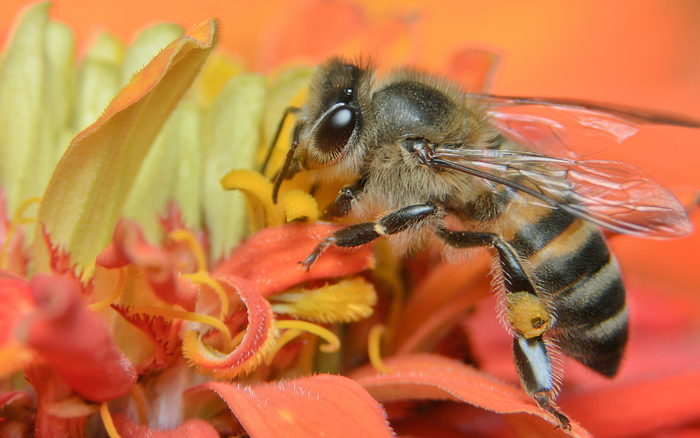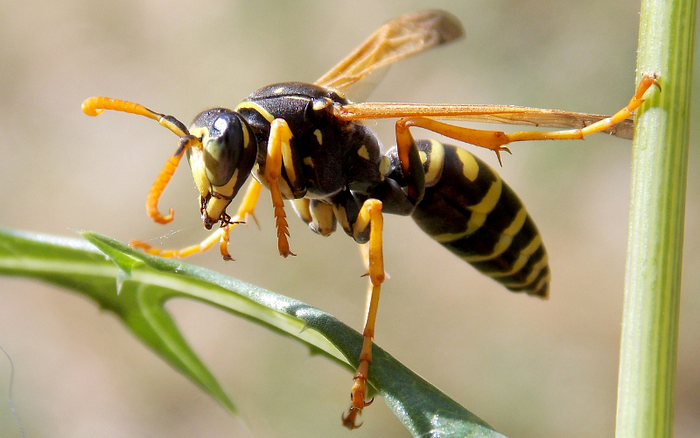Bee Invaders: Understanding the Differences Between Honey Bees and Wasps
Introduction:
As the warmer months approach, buzzing insects become more prevalent, and among them are two distinct groups that often cause confusion: honey bees and wasps. While both play crucial roles in the ecosystem, understanding their differences is essential for safety and effective pest management. In this blog, we will explore the characteristics, behavior, and roles of honey bees and wasps, helping you distinguish between these fascinating yet sometimes intimidating creatures.
Honey Bees:

Honey bees (Apis mellifera) are beloved for their role as pollinators and honey producers. They have distinct characteristics that set them apart from wasps:
Appearance: Honey bees are typically small and robust insects, with hairy bodies. Their coloring is predominantly black or brown, with yellow or amber stripes.
Social Structure: Honey bees are highly social insects, living in organized colonies with complex hierarchies. Each colony consists of a single queen, hundreds of male drones, and thousands of female worker bees.
Behavior: Honey bees are relatively docile and are unlikely to sting unless they feel threatened or their hive is disturbed. When a honey bee stings, its stinger is barbed, causing it to become embedded in the victim, leading to the bee’s death.
Role in Ecosystem: Honey bees are crucial pollinators, playing a vital role in the reproduction of flowering plants, including many fruits and vegetables that humans rely on for food.
Wasps:

Wasps encompass a diverse group of insects belonging to the suborder Apocrita. Some species commonly encountered include yellow jackets, paper wasps, and hornets:
Appearance:
Wasps often have slender bodies with smooth, shiny exoskeletons. Their coloration can vary significantly, ranging from bright yellow and black stripes to red or brown.
Social Structure: While some wasp species, like yellow jackets, form colonies, many others are solitary. Solitary wasps, like mud daubers and cicada killers, do not live in organized colonies and typically pose no threat to humans.
Behavior: Wasps are generally more aggressive than honey bees and can sting multiple times. Their stingers are smooth and do not become embedded in their victims.
Role in Ecosystem: Wasps are important predators, feeding on various insects and pests. They help control populations of other insects and contribute to ecosystem balance.
Conclusion:
In conclusion, honey bees and wasps are valuable insects that deserve respect and understanding. By distinguishing between these two groups based on appearance, behavior, and social structure, we can learn to coexist peacefully with them and appreciate the vital roles they play in the ecosystem. Whether they are pollinating crops or controlling insect populations, honey bees, and wasps each have a place in the delicate balance of nature. Remember, if you encounter a bee or wasp near your home, observe from a safe distance and appreciate the wonders of these fascinating creatures.
